ABHM's History and Impact
Share
About ABHM
Explore Our Galleries
Breaking News!
Today's news and culture by Black and other reporters in the Black and mainstream media.
Ways to Support ABHM?
Our History
How and Why ABHM Came to Be
ABHM was founded by Dr. James Cameron in 1988 to educate US citizens and the world about the Black Holocaust in America.
Dr. James Cameron, who survived a lynching as a teenager in 1930, dedicated his life to helping America realize its promise of liberty and justice for all. An early civil rights activist, he fought racial segregation in 1940s Indiana.
After moving to Milwaukee, Wisconsin, Cameron published a memoir about his lynching and coming of age during the Jim Crow era. He traveled the country educating audiences at high schools, colleges, and other venues about American history seen through the lens of these personal experiences.
 He was inspired to establish the America’s Black Holocaust Museum (ABHM) in 1988 after visiting the Yad VaShem Holocaust Memorial Museum in Jerusalem. ABHM’s purpose: to promote the acknowledgement of African American history from pre-captivity to the present as an integral part of US history. Dr. Cameron believed that the truth would set Americans free and make real racial repair and reconciliation possible.
He was inspired to establish the America’s Black Holocaust Museum (ABHM) in 1988 after visiting the Yad VaShem Holocaust Memorial Museum in Jerusalem. ABHM’s purpose: to promote the acknowledgement of African American history from pre-captivity to the present as an integral part of US history. Dr. Cameron believed that the truth would set Americans free and make real racial repair and reconciliation possible.
Dr. Cameron began by collecting and showing artifacts, photos and books related to the Black Holocaust in the basement study of his home. Soon others were bringing him artifacts, like Ku Klux Klan robes and Jim Crow "collectibles" found in their own basements and attics. When his wife Virginia tired of visitors traipsing through their house to view and discuss the collection, Dr. Cameron opened his first museum space on June 12, 1988, in a large second-story room above the Sultan Muhammad Islamic Center at 317 E. Wright Street. Its official grand opening was a week later on Juneteenth Day: June 19th 1988.
 ABHM moved to a storefront at 2479 N. King Drive in September 1988 and then in 1991 to 2621 W. Atkinson. In 1992, the City of Milwaukee sold Cameron a building that had formerly housed a boxing gym. At the age of 78, Dr. Cameron worked largely on his own to prepare the building to receive artifacts and visitors. Finally, on Juneteenth Day 1994, America's Black Holocaust Museum opened on 4th and North Avenue in Milwaukee's historic Bronzeville neighborhood.
ABHM moved to a storefront at 2479 N. King Drive in September 1988 and then in 1991 to 2621 W. Atkinson. In 1992, the City of Milwaukee sold Cameron a building that had formerly housed a boxing gym. At the age of 78, Dr. Cameron worked largely on his own to prepare the building to receive artifacts and visitors. Finally, on Juneteenth Day 1994, America's Black Holocaust Museum opened on 4th and North Avenue in Milwaukee's historic Bronzeville neighborhood.
For more than twenty years ABHM would stand as a cultural cornerstone of Bronzeville, annually educating hundreds of schoolchildren, as well as local, national and international visitors of all ages and backgrounds. It served as a point of pride and meeting place for diverse communities in an otherwise highly segregated city.

Dr. Cameron acquired an old boxing gym and opened his unique museum there on Juneteenth Day 1998. This building housed ABHM for 20 years, but was forced to close during the Great Recession of 2008.
Sadly, ABHM lost its founder, Dr. Cameron, in 2006. As a result of the country's 2008 Great Recession, foundations that funded nonprofits like the museum lost their savings on Wall Street. ABHM was forced to close its doors and leave its building.
Reborn Online – and Beyond Walls (2012-present)
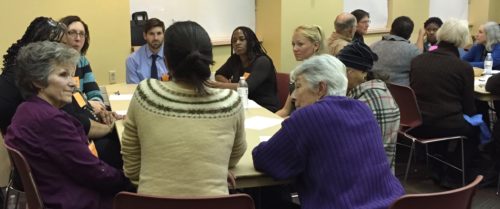
Maria Cunningham (center), Legacy Foundation board member, facilitates a series of interracial dialogues held in a neighborhood library.
Four years later, a community task force picked up his mantle. They kept his vision and mission alive by establishing ABHvM, a virtual (online) museum, developed and maintained by Dr. Fran Kaplan and a host of volunteers.
Like the physical museum, ABHM’s Virtual Museum shares little-known stories chronicling seven historical periods: Pre-captivity, The Middle Passage, Enslavement, Reconstruction, Jim Crow, Civil Rights, and the Present. It currently comprises some 3,300 web pages of exhibits consisting of interpretative text, still images and videos, original documents, music, works of art, user-generated content, and a Breaking News blog aggregating history-in-the-making, as reported primarily by Black journalists in Black media outlets and the "mainstream" press.

Reggie Jackson, Dr. Robert S. Smith and Dr. Fran Kaplan speak about the amazing life and legacy of Dr. James Cameron, Founder of ABHM. They worked together to publish an extended 3rd edition of Dr. Cameron's memoir, A Time of Terror: A Survivor's Story.
Millions of educators, students, and the general public from over 200 countries click on each year. From 2012 to 2017, ABHM’s Head Griot Reggie Jackson, Virtual Museum Coordinator Dr. Fran Kaplan, and other volunteer griots (oral historians/facilitators) created a "Museum-Without-Walls." Its Griot To Go public history programs and interracial dialogues, held in neighborhood libraries, churches, businesses and community organizations, reached thousands of people annually.

On Founder's Day 2016, ABHM presented 3 historic anti-lynching one-act plays to over 500 people from around Greater Milwaukee.
In addition to the Griot to Go programs, ABHM's Museum-Without-Walls hosted a public Founder's Day event in Milwaukee's beautiful Centennial Hall. This event, held in collaboration with the Milwaukee Public Library, was attended by hundreds each year. Each year the theme and format of our Founder's Day program was unique. One year featured a lecture/discussion by co-authors Thomas deWolf and Sharon Morgan of Gather at the Table: The Healing Journey of a Daughter of Slavery and a Son of the Slave Trade. Another presented three plays about lynching from different eras. A third brought anti-racism activists from around the US to speak about working to help their communities remember and repair racial trauma.
Establishment of the Dr. James Cameron Legacy Foundation
Building on the successes of the virtual museum and their museum-beyond-walls programming, the volunteer group formed a nonprofit organization, the Dr. James Cameron Legacy Foundation (DJCLF). The Legacy Foundation, with the guidance of community organizer Brad Pruitt, began working towards an infrastructure that would expand ABHM's work into a new physical space.
Restoration to a Brand New Building

Following the screening of two documentary films, talkbacks with their directors, and short panel presentations about reconciliation projects by their organizers, attendees met with the activists in small dialogue groups.
(photo: Pat A. Robinson)
Now America’s Black Holocaust Museum has come home to a brand new physical facility – on the ground floor of the newly constructed building named "The Griot" for Dr. Cameron. The Griot building is located on the very footprint of ABHM's former home at 4th Street (now called Vel Phillips Avenue) and North Avenue in Milwaukee, Wisconsin, USA.
Our new facility is a vital component of the City of Milwaukee’s commitment to and investment in the Bronzeville Culture and Entertainment District. As part of a redevelopment project that includes affordable housing and community spaces, this museum serves as a national model of how public history, arts, culture, and commerce can work in unison to spur economic growth and cultural vitality.
ABHM’s Local, National and International Impact
Milwaukee, Wisconsin: A Microcosm of the Black Holocaust
“The black holocaust is ongoing. There is continued discrimination in housing and jobs, and schools are still segregated,” says ABHM's Head Griot Reggie Jackson. Unfortunately, Wisconsin has now become the worst place for African-American children to live. A study by the Annie E. Casey Foundation, concluded, “Children of color face enormous barriers to educational and financial achievement — with Wisconsin ranking last in the disparity between white children and their non-white peers.” ABHM's home city of Milwaukee is the most segregated metropolitan area in the country.
ABHM Brings Hope for Interracial Dialogue, Repair, and Reconciliation
Located in the Milwaukee’s historically black Bronzeville District, ABHM brings a unique history, heart, authenticity, and leadership to the ongoing national conversation about our nation’s tenacious racial disparities – and helps citizens become active participants in racial repair and reconciliation.
 The last thirty years have seen a global boom in memorial museums like ABHM, as people around the world struggle to make sense of and heal from traumatic periods of man’s inhumanity to man. ABHM is one o fover 200 members of the International Coalition of Sites of Conscience, which help countries move from memory to action.
The last thirty years have seen a global boom in memorial museums like ABHM, as people around the world struggle to make sense of and heal from traumatic periods of man’s inhumanity to man. ABHM is one o fover 200 members of the International Coalition of Sites of Conscience, which help countries move from memory to action.

Students sense the cramped quarters of a slave ship cargo hold as they learn about the horrific conditions captives endured during the Middle Passage.
The museum’s tours and programs have always attracted packed houses from and within diverse communities. ABHM griots’ experiences affirm Dr. Cameron’s conviction: there is a palpable hunger to learn how we got here and how we can heal our future. When the new museum building opens, ABHM will again train volunteer griots to serve as docents, giving tours and talks, as it once did.
At present, Head Griot Reggie Jackson and Virtual Museum Coordinator Dr. Fran Kaplan work together as Nurturing Diversity Partners (NDP). When ABHM is ready to restart its programming in the new space, their firm will partner with the museum to provide such programs as lectures, workshops, intergroup dialogues, multimedia presentations, panels, and arts and cultural events. NDP's proven methods of interpreting conflicted history through facilitated dialogue provide safe spaces for delicate discussions.

Visitors learn about the once-thriving Black neighborhood around ABHM and how the neighborhood became impoverished by the loss of the industries that had provided family-supporting jobs. They also learn about the 200-nights of Open Housing marches led by the NAACP Youth. These led to passage of the national Fair Housing Act in 1968.
The Museum’s Reach is Global in Both Physical and Cyber Spaces
The new world-class facility will draw visitors from around the world, as did the earlier ABHM. The museum is situated on the northern edge of Milwaukee’s revitalizing downtown, near our city’s new sports arena, trolley line, conference center and other tourist attractions and accommodations.
ABHM’s virtual museum significantly extended Dr. Cameron’s vision and mission to national and international audiences. ABHM griots and Nurturing Diversity Partners will expand the museum's work with schools, universities, churches, community-based and arts organizations; develop curricula; lead regional and national conferences; and spearhead collaborative projects within and among groups that are racially, ethnically, socio-economically, and generationally diverse.
To support ABHM’s work, please consider making a tax-deductible contribution
• To donate ONLINE, click the DONATE BUTTON above:
• To donate by CHECK, please mail it to:
The Dr. James Cameron Legacy Foundation
c/o O'Leary and Anick
11933 W. Burleigh Street, Suite 100
Wauwatosa WI 53222
• To make a MAJOR GIFT, please contact us at development@abhmuseum.org
Thank you for your generosity!
*ABHM is a program of the Dr. James Cameron Legacy Foundation Inc., a 501(c)3 charitable organization. Unrestricted gifts are accepted at all levels and are tax-deductible.
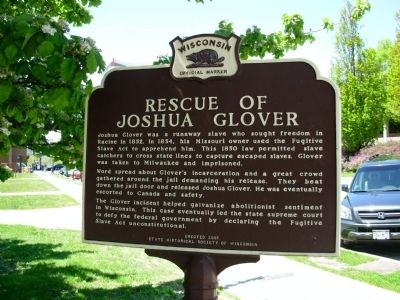
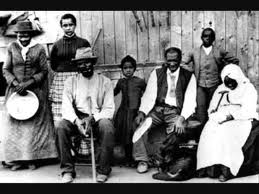
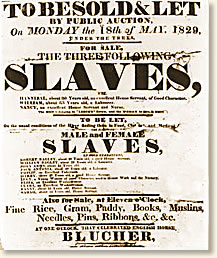
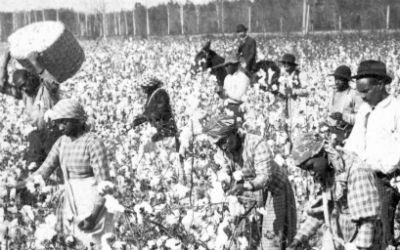

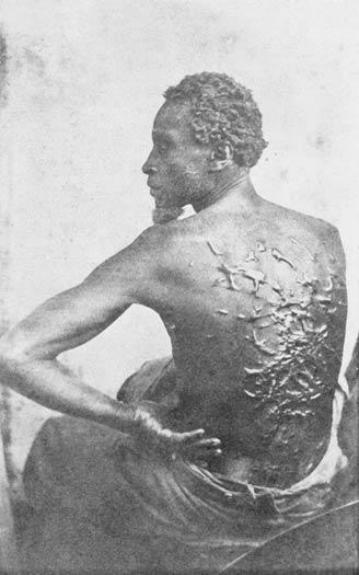
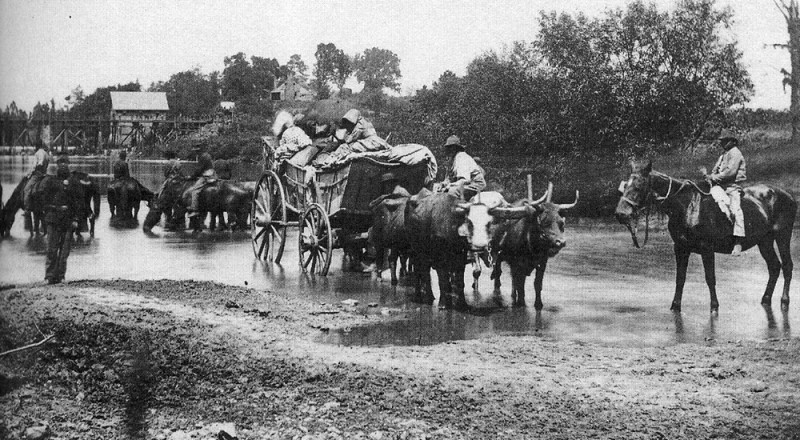
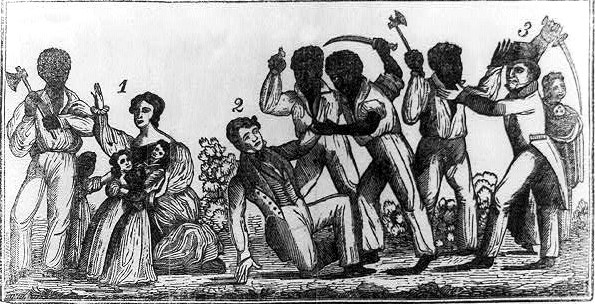





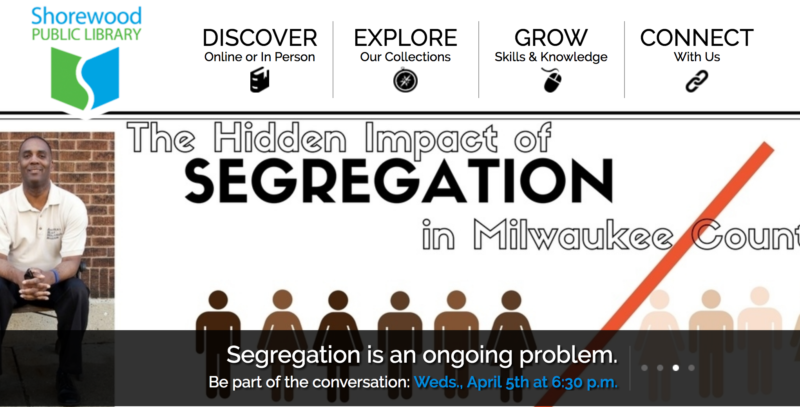
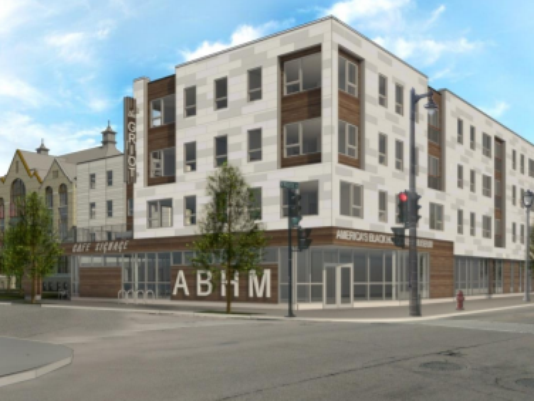
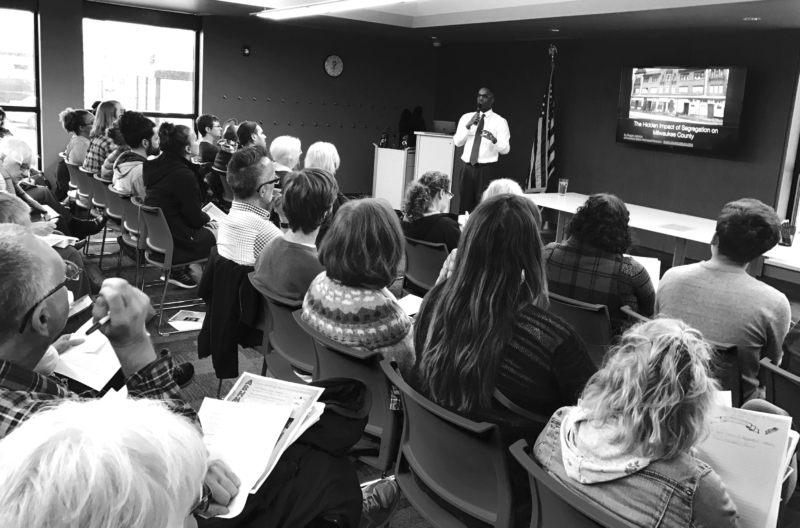
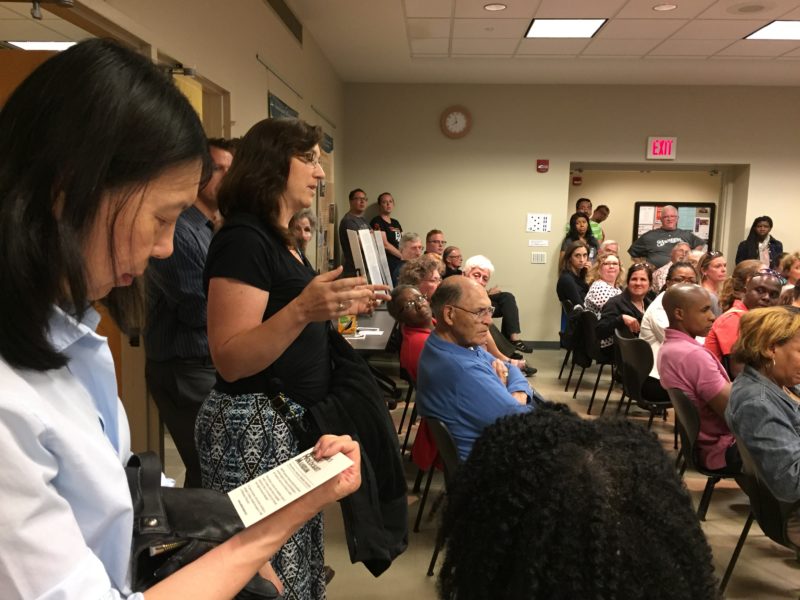


Comments Are Welcome
Note: We moderate submissions in order to create a space for meaningful dialogue, a space where museum visitors – adults and youth –– can exchange informed, thoughtful, and relevant comments that add value to our exhibits.
Racial slurs, personal attacks, obscenity, profanity, and SHOUTING do not meet the above standard. Such comments are posted in the exhibit Hateful Speech. Commercial promotions, impersonations, and incoherent comments likewise fail to meet our goals, so will not be posted. Submissions longer than 120 words will be shortened.
See our full Comments Policy here.